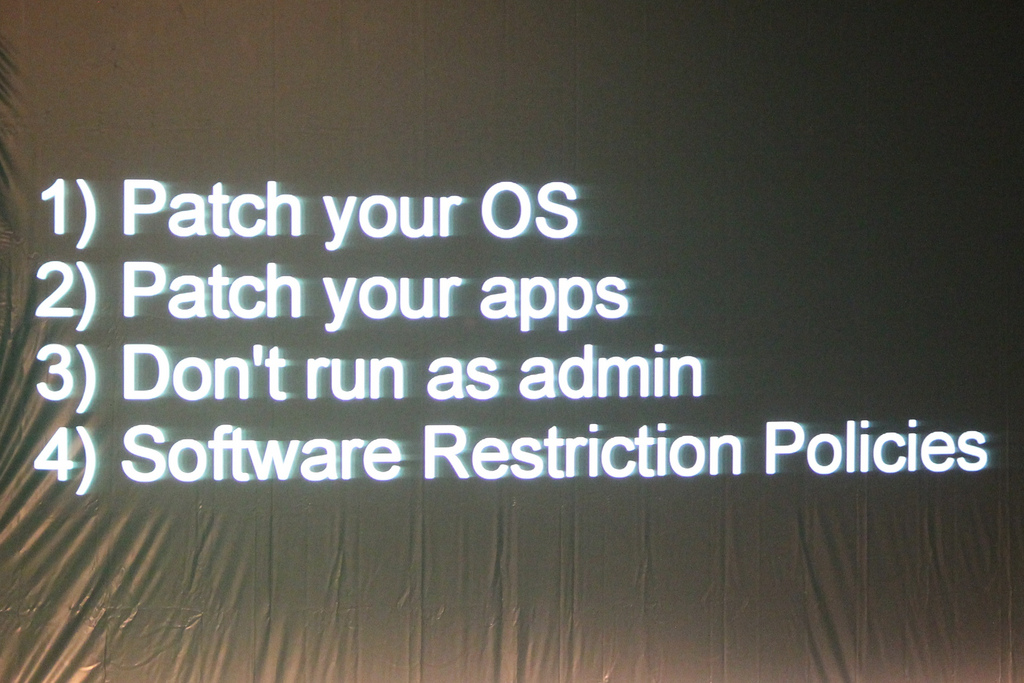
In searches that include a regular expression that contains a double backslash, such as in a filepath like c:\\temp, the search interprets the first backslash as a regular expression escape character. The backslash cannot be used to escape the asterisk in search strings. Splunk SPL uses the asterisk ( * ) as a wildcard character. If you want to match a period character, you must escape the period character by specifying \. For example, the period character is used in a regular expression to match any character, except a line break character. The backslash character ( \ ) is used in regular expressions to "escape" special characters. This is interpreted by SPL as a search for the text "expression" OR "with pipe".

For example, A or B is expressed as A | B.īecause pipe characters are used to separate commands in SPL, you must enclose a regular expression that uses the pipe character in quotation marks. Here are a few things that you should know about using regular expressions in Splunk searches.Ī pipe character ( | ) is used in regular expressions to specify an OR condition. You can also use regular expressions with evaluation functions such as match and replace. You can use regular expressions with the rex and regex commands. If you have not created private apps, contact your Splunk account representative for help with this customization.Splunk Search Processing Language (SPL) regular expressions are PCRE (Perl Compatible Regular Expressions). If you are a Splunk Cloud administrator with experience creating private apps, see Manage private apps in your Splunk Cloud deployment in the Splunk Cloud Admin Manual. For example, if form=sales_order, the search looks for a sales_order.form, and matches all processed events against that form to extract values.įor Splunk Cloud Platform, you must create a private app to extract fields using form templates. The kvform command extracts field and value pairs from events based on form templates that are predefined and stored in $SPLUNK_HOME/etc/system/local/, or your own custom application directory in $SPLUNK_HOME/etc/apps/. The spath command extracts information from structured data formats, such as XML and JSON, and store the extracted values in fields.Įxtract fields from events based on form templates The xmlkv command enables you to force field and value extractions on XML-formatted tags in event data, such as transactions from web pages.Įxtract fields from XML and JSON documents The multikv command creates a new event for each table row and derives field names from the table title.Įxtract fields from events formatted in XML Use the multikv command to force field and value extractions on multiline, tabular-formatted events. You can also use the extract command to test field extractions that you add to the conf files.Įxtract fields from events formatted as tables If you use the extract command without specifying any arguments, fields are extracted using field extraction stanzas that have been added to the nf file. The extract command forces field/value extraction on the result set. If a raw event contains From: Susan To: Bob, the search extracts the field name and value pairs: from= Susan and to= Bob.įor a primer on regular expression syntax and usage, see The following are useful third-party tools for writing and testing regular expressions: In this example, values that occur after the strings From: and To: are saved into the from and to fields. The rex command matches segments of your raw events with the regular expression and saves these matched values into a field. The rex command performs field extractions using named groups in Perl regular expressions that you include in the search criteria. See About fields in the Knowledge Manager Manual.
Splunk itsi rest api regex not working how to#
The following sections describe how to extract fields using regular expressions and commands. In Splunk Web, you can define field extractions on the Settings > Fields > Field Extractions page.

The xmlkv and xpath commands extract field and value pairs on XML-formatted event data.The spath command extracts field and value pairs on structured event data, such as XML and JSON.The multikv command extracts field and value pairs on multiline, tabular-formatted events.The extract (or kv, for key/value) command explicitly extracts field and value pairs using default patterns.The rex command performs field extractions using named groups in Perl regular expressions.You can use search commands to extract fields in different ways.


 0 kommentar(er)
0 kommentar(er)
